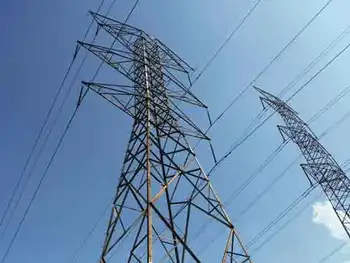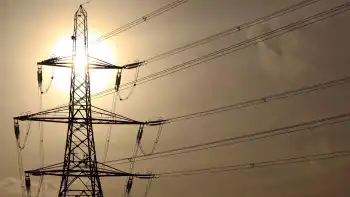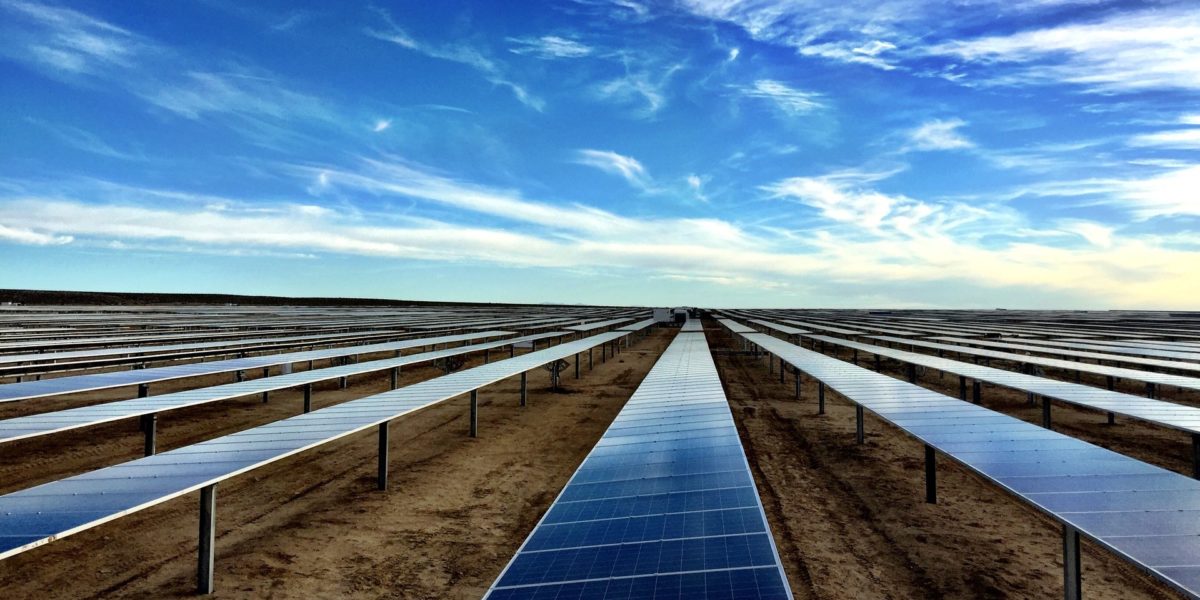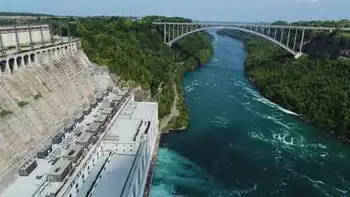Ontario introduces new 'ultra-low' overnight hydro pricing

CSA Z463 Electrical Maintenance
Our customized live online or in‑person group training can be delivered to your staff at your location.

- Live Online
- 6 hours Instructor-led
- Group Training Available
Ontario Ultra-Low Overnight Electricity Rates cut costs for shift workers and EV charging, with time-of-use pricing, off-peak savings, on-peak premiums, kilowatt-hour details, and Ontario Energy Board guidance for homes and businesses across participating utilities.
Key Points
Ontario's ultra-low overnight plan: 2.4c/kWh 11pm-7am for EVs, shift workers; higher daytime on-peak pricing.
✅ 2.4c/kWh 11pm-7am; 24c/kWh on-peak 4pm-9pm
✅ Best for EV charging, shift work, night usage
✅ Available provincewide by Nov 1 via local utilities
The Ontario government is introducing a new ultra-low overnight price plan that can benefit shift workers and individuals who charge electric vehicles while they sleep.
Speaking at a news conference on Tuesday, Energy Minister Todd Smith said the new plan could save customers up to $90 a year.
“Consumer preferences are still changing and our government realized there was more we could do, especially as the province continues to have an excess supply of clean electricity at night when province-wide electricity demand is lower,” Smith said, noting a trend underscored by Ottawa's demand decline during the pandemic.
The new rate, which will be available as an opt-in option as of May 1, will be 2.4 cents per kilowatt-hour from 11 p.m. to 7 a.m. Officials say this is 67 per cent lower than the current off-peak rate, which saw a off-peak relief extension during the pandemic.
However, customers should be aware that this plan will mean a higher on-peak rate, as unlike earlier calls to cut peak rates, Hydro One peak charges remained unchanged for self-isolating customers.
The new plan will be offered by Toronto Hydro, London Hydro, Centre Wellington Hydro, Hearst Power, Renfrew Hydro, Wasaga Distribution, and Sioux Lookout Hydro by May. Officials have said this will be expanded to all local distribution companies by Nov. 1.
With the new addition of the “ultra low” pricing, there are now three different electricity plans that Ontarians can choose from. Here is what you have to know about the new hydro options:
TIME OF USE:
Most residential customers, businesses and farms are eligible for these rates, similar to BC Hydro time-of-use proposals in another province, which are divided into off-peak, mid-peak and on-peak hours.
This is what customers will pay as of May 1 according to the Ontario Energy Board, following earlier COVID-19 electricity relief measures that temporarily adjusted rates:
Off-peak (Weekdays between 7 p.m. and 7 a.m. and on weekends/holidays): 7.4 cents per kilowatt-hour
Mid-Peak (Weekdays between 7 a.m. and 11 a.m., and between 5 p.m. and 7 p.m.): 10.2 cents per kilowatt-hour
On-Peak ( Weekdays 11 a.m. to 5 p.m.): 15.1 cents per kilowatt-hour
TIERED RATES
This plan allows customers to get a standard rate depending on how much electricity is used. There are various thresholds per tier, and once a household exceeds that threshold, a higher price applies. Officials say this option may be beneficial for retirees who are home often during the day or those who use less electricity overall.
The tiers change depending on the season. This is what customers will pay as of May 1:
Residential households that use 600 kilowatts of electricity per month and non-residential businesses that use 750 kilowatts per month: 8.7 cents per kilowatt-hour.
Residences and businesses that use more than that will pay a flat rate of 10.3 cents per kilowatt-hour
ULTRA-LOW OVERNIGHT RATES
Customers can opt-in to this plan if they use most of their electricity overnight.
This is what customers will pay as of May 1:
- Between 11 p.m. and 7 a.m.: 2.4 cents per kilowatt-hour
- Weekends and holidays between 7 a.m. and 11 p.m.: 7.4 cents per kilowatt-hour
- Mid-Peak (Weekdays between 7 a.m. and 4 p.m., and between 9 p.m. and 11 p.m.): 10.2 cents per kilowatt-hour
- On-Peak (weekdays between 4 p.m. and 9 p.m.): 24 cents per kilowatt-hour
More information on these plans can be found on the Ontario Energy Board website, alongside stable pricing for industrial and commercial updates from the province.











